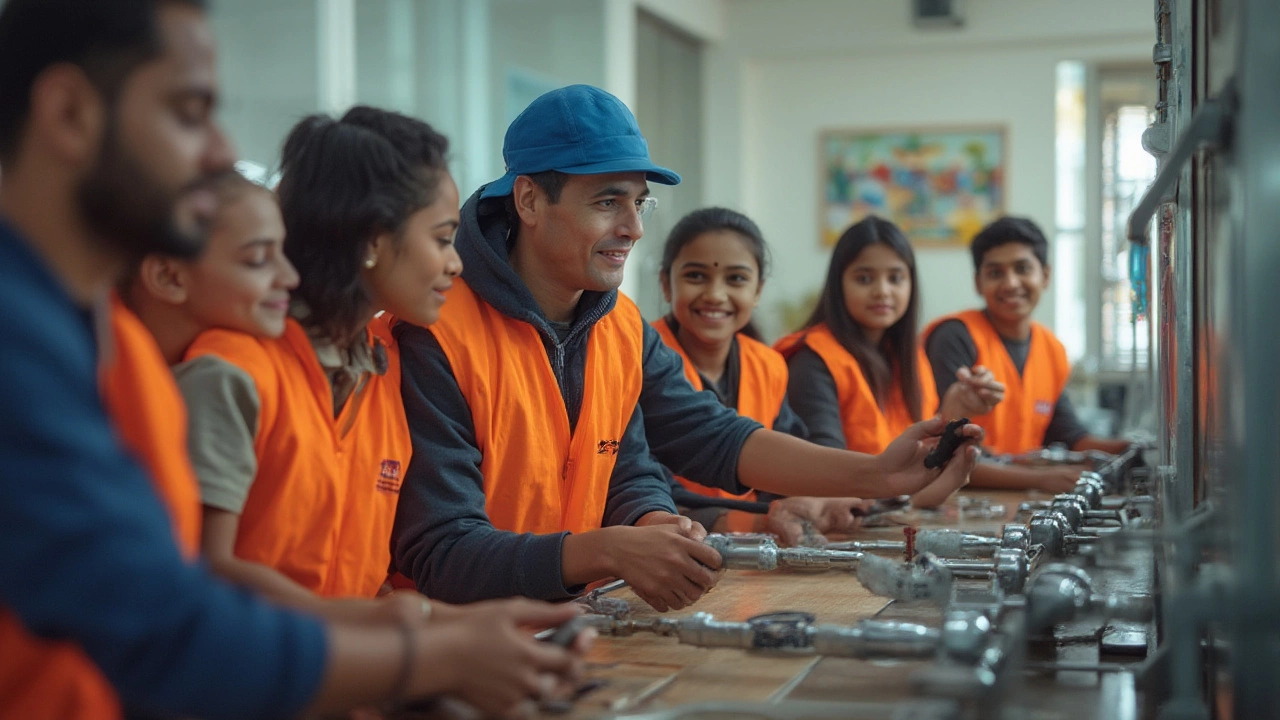Plumbing Certification: Quick Steps to Get Started
If you want to work on pipes, fix leaks, or install water systems, a plumbing certification is the first badge you need. It shows employers you know the rules, safety standards, and real‑world skills. In India, the certification process varies by state, but the core steps stay the same. Below you’ll find a clear roadmap that takes you from zero experience to a certified plumber ready for the job market.
Why Certification Matters
First off, certification isn’t just paperwork. It opens doors to better pay, more job options, and legal protection. Many contractors refuse to hire someone without a valid license because they can face fines if work isn’t certified. Certified plumbers also get priority on government projects, where compliance is non‑negotiable. In short, a certificate turns your hobby into a credible profession.
Step‑by‑Step Roadmap
1. Choose the Right Program
Look for a government‑approved training institute or a recognized private academy. In most states, the State Apprenticeship Board runs the courses. They combine classroom theory (water‑law, safety, plumbing codes) with hands‑on practice on real sites.
2. Meet Eligibility Criteria
Typically you need to be at least 18 years old and have completed 10th grade. Some states ask for a basic math test, since measuring pipe lengths and calculating pressure drops are part of the job.
3. Complete the Training
The syllabus covers pipe fitting, drainage systems, water heaters, sanitation standards, and basic welding. Training lasts 6‑12 months, with a mix of lectures and on‑site work. Pay attention during the practical sessions—examiners often ask you to demonstrate real‑world tasks.
4. Prepare for the Certification Exam
The exam usually has two parts: a written test on codes and a practical test on installing a basic piping system. Use past papers, flashcards for code numbers, and rehearse the practical tasks at the workshop. Most institutes provide mock exams; treat them like the real thing.
5. Register and Take the Exam
Register online through your state’s labor department portal. fees range from ₹2,000 to ₹5,000 depending on the state. Bring your ID, training certificate, and any required safety gear on exam day.
6. Get Your License
After passing, you receive a plumber’s license or certification card. Keep a digital copy and renew it every 3‑5 years, which often involves a short refresher course.
7. Keep Learning
The plumbing field evolves with new fixtures, water‑saving technologies, and green building codes. Attend workshops, join a local plumber’s association, and consider advanced certifications like “Gas Pipe Fitter” or “Drainage Specialist” to boost earnings.
That’s the whole journey in a nutshell. If you’re ready to start, search for “state apprenticeship plumbing program” plus your state name, call the nearest training center, and ask about enrollment dates. Remember, the faster you finish the training, the sooner you can start earning a solid wage as a certified plumber.
Good luck, and enjoy building a career that keeps homes and businesses flowing smoothly.





